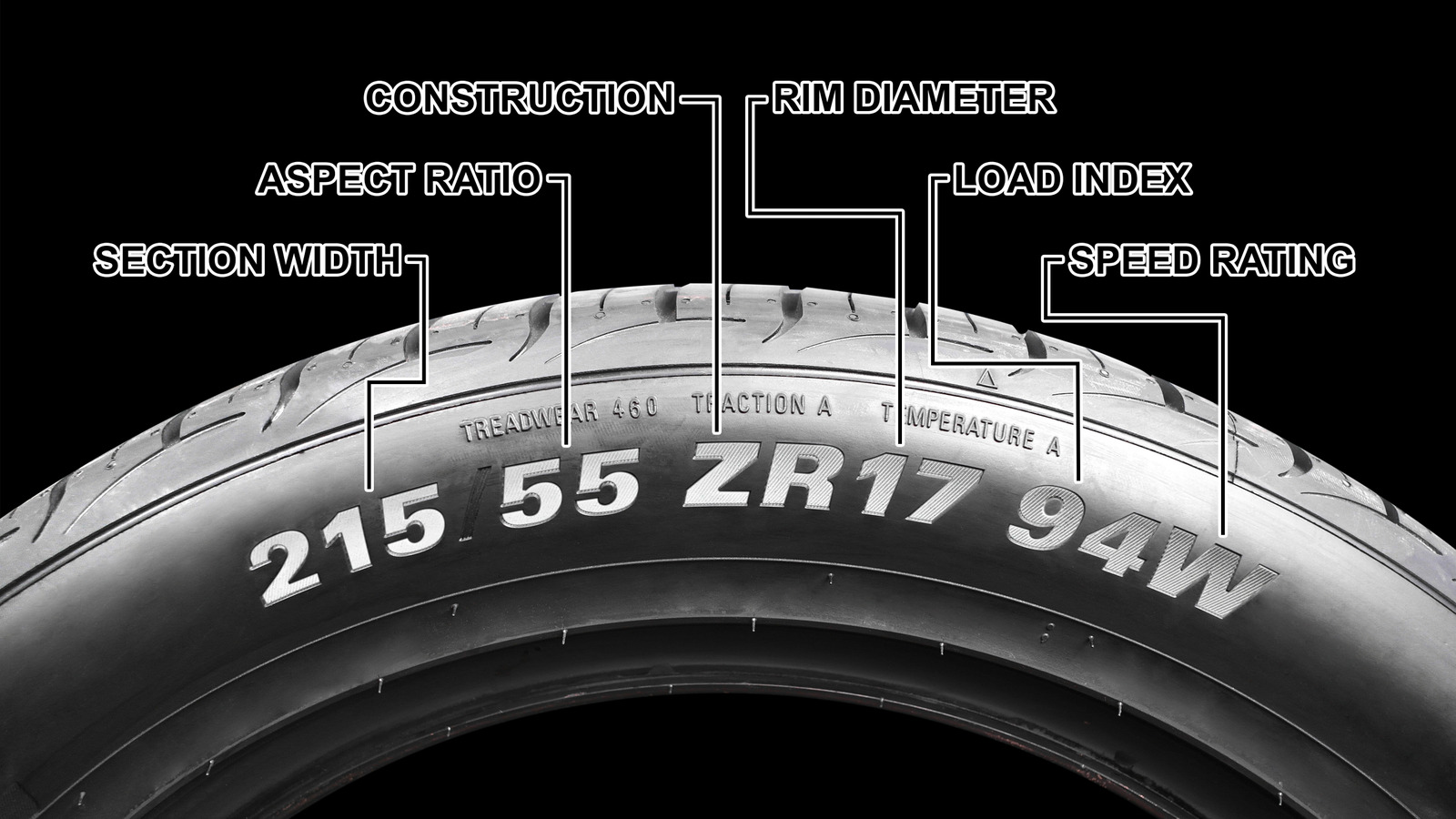By Alvin Reyes
Copyright jalopnik

The tire speed rating has nothing to do with how fast you should be driving your car. In other words, having V-rated tires doesn’t give you the right to blaze through the city at 149 mph. The speed rating will almost always exceed the maximum speed limits in your state or locale, with most statutory speed limits ranging from 25 mph (residential and school districts) to 55 and 75 mph on rural highways and interstates.
Most family cars, like compacts, midsize sedans, and small SUVs, can live with H, S, or T-rated tires. On the flip side, pickup trucks and half-tons should go for tires with N, P, Q, R, S, or T speed ratings. It’s never a good idea to mix tires of different sizes, makes, or brands, and it’s the same with the speed rating. Doing so may compromise the grip and handling qualities of your ride.
Although experts generally recommend installing the same size and type of tire on all four corners of the car, it’s possible to use tires of different speed ratings. However, they should be on the front wheels regardless of whether the vehicle is FWD, RWD, or AWD, to reduce the possibility of oversteer while driving. Furthermore, mixing tires with different speed ratings means the speed capacity will now follow the tire with the lower speed rating. Touring tires with an H or S speed rating will be comfier, quieter, and have longer wear characteristics than performance tires with V or higher speed ratings. Take these into account the next time you go tire shopping.



